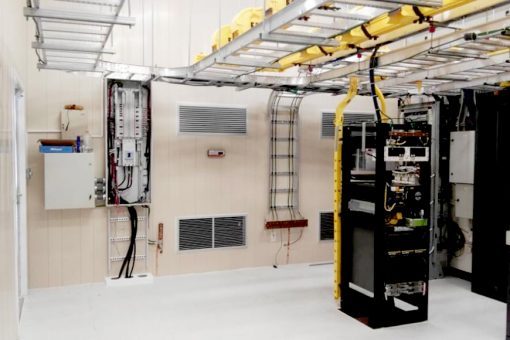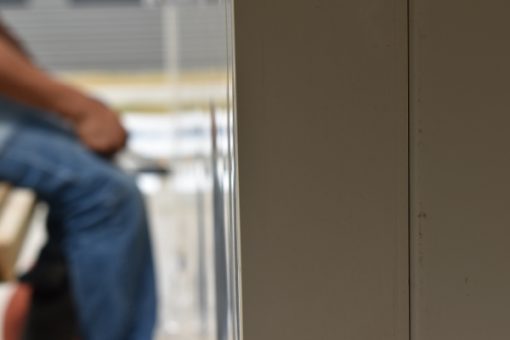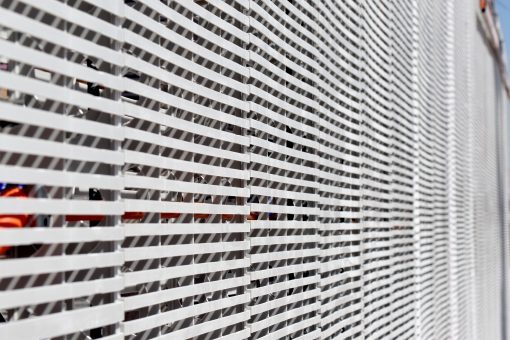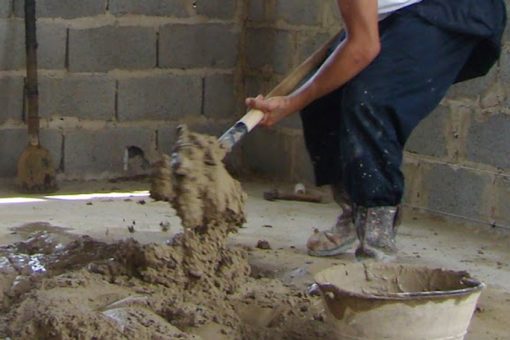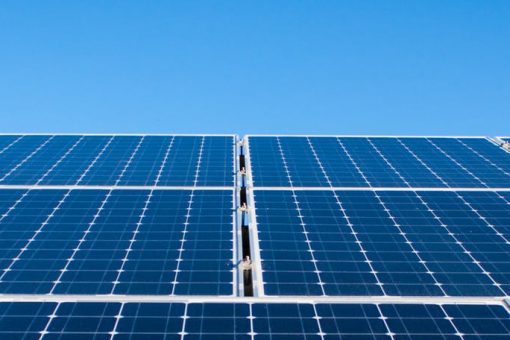1. Energy storage.
Energy storage plays an important role in the balance between supply and demand for energy, and is key to addressing the intermittent problems of renewable energies. Matching a storage system with a renewable energy source ensures a smooth and steady supply of power, even when weather conditions are not optimal for power generation.
The batteries are the most common storage devices used in renewable energy systems and their use is increasing both on the residential scale and the entire network. Energy storage technologies are expected to continue to improve, making their use more viable and affordable.
It is projected that storage will represent a central component of all new energy technologies moving into the future, as utility-scale energy storage solutions become more competitive in At prices, eroding the advantages of traditional energy sources.
On the Caribbean island of Barbados, old electric car batteries are being reused to provide network energy storage and extend their useful life.
2. Micropanels and Artificial intelligence
Micro panels are local energy panels or grids that can operate independently or while connected to a larger traditional panel. They provide energy independence, efficiency and protection during emergencies. The use of automatic artificial intelligence (AI) learning capabilities with Micro panel controllers allows for continuous adaptation and improvement of the operation.
From California to the Pacific Islands, Micro nets are taking center stage. Palau is an insular nation of the Pacific and the thirteenth smallest country in the world, but is committed to building what would be the world’s largest microgrid-35mw of solar panels paired with 45 megawatt-hours of energy storage. This effort is part of the transition nation’s goal to 70 percent renewable energy for 2050, recognizing that the islands are at the forefront of experiencing the effects of climate change and stand out as Earth Zero for energy transition Global.
3. Energía Blockchain e IoT (Internet of Things)
Originally developed to register Criptomonedas transactions, blockchain technology is being adapted for use in the energy market.
Blockchain is an incorruptible digital accounting book that carries out and registers transactions through a peer-to-peer network. The lack of centralization in blockchain leaves it as ideal to eliminate the intermediaries of the suppliers of electricity. It reduces energy inequality and inefficiency and empowers consumers to buy and sell energy from other consumers directly.
Linking Blockchain’s distributed accounting technology with the everyday devices we use to receive and transmit information, now commonly referred to as the Internet of Things (IoT), means having a profound impact on systems Energy. With the right applications, devices can buy and sell energy autonomously at optimal times, optimize power-system configuration in a real-time context, and monitor and analyze the performance of devices that consume energy.
These technologies are beginning to be used for innovative projects, such as the Brooklyn microgrid. The project involves a community-driven microgrid whose owners buy and sell energy to each other through blockchain technology. The success of projects like this ensures that they will be implemented on a broader scale
4. Panel parity and drop costs
Grid parity occurs when an alternative energy can generate energy at a cost and performance level equal to or less than the electricity generated from conventional methods. Solar and wind power have reached parity in both price and performance in many regions, and new technologies continue to hone their competitive edge.
The traditional model of large, downstream and centrally distributed energy production is being replaced by modular, consumer-driven and evenly distributed power generation. Once it was thought to be difficult to integrate into the network, renewable energies are now serving to strengthen the reliability and resilience of the network. The use of blockchain, IA and other automation technologies make renewable energies self-optimizing and increasing their efficiency.
Solar and wind energy are already more efficient and profitable than conventional sources, and evolving technologies will continue to improve their price and performance. By combining the economic benefits with a low environmental impact, we can expect renewable energies to move from being an acceptable energy source to a preferred one.
5. Large commitments of Social responsibility
An increasing number of corporations, cities and countries are adopting emission reduction targets and climate action plans to meet the goal of limiting the temperature rise World.
To date, more than 100 cities around the World report that at least 70 percent of their energy production is renewable, and more than 40 are currently operating at 100 percent of renewable electricity. Hundreds more have pledged to work towards the goal of energy generation which is 100 percent based on renewable energies. Recognizing its impact on climate change, 158 companies have also committed to the transition to 100 percent of renewable energies.
Many of these corporations and municipalities were inspired to make these commitments after the Paris Agreement 2015. With the new information provided by the IPCC report 2018, we can expect to see an increase in bold commitments to change fossil fuels to renewable energy sources.
6. Advances in access to energy in developing countries
By talking about new exciting innovations in energy technology, it can be easy to forget that a significant percentage of the world’s population remains without access to energy at all. One billion people live without electricity and hundreds of millions have unreliable energy sources or costly prohibitively.
Achieving universal access to energy is a key component in addressing the challenges of global development. The changes that occur in the energy market offer a solution to the problem of access to energy. Community Micronets could represent the most profitable way to offer affordable and reliable power to those currently living without it. Clean, modular, and renewable energy systems are ideal for many of the communities that have not been able to benefit from the conventional centralized forms of energy generation and delivery.
While politics often gets in the way of progress, new energy technologies and commitments by international groups such as the World Bank and the United Nations establish a basis for providing energy access to developing countries. With its increasing cost and performance metrics, we can expect to see that renewable energies are increasingly deployed to provide energy to communities and regions that have been in the dark for a long time.
Source: FORBES
